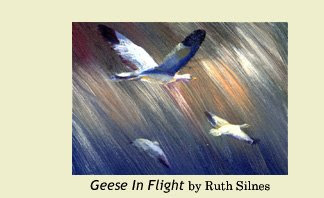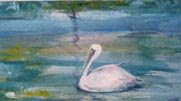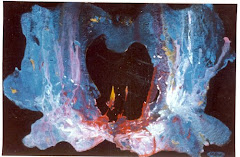 Your work should balance as a scale. The dark shades are heavier than the light.
Your work should balance as a scale. The dark shades are heavier than the light.Good draftsmanship is a necessary condition for good drawing
Have the light shine over your left shoulder, so that it won’t shine in your eyes or cast a shadow on your work from your hand.
Notice how the eye travels around a picture to the focal point,(the focal point is what draws the viewer into the picture.)
If you have trouble deciding what to draw; it is because you have too many ideas. Draw the fist thing that comes to mind. If you don’t like what you did, don’t dwell on it, go to your next idea and think about what drew you to the scene in the first place.
Date your sketches and keep them so you can watch your progress.
Everyday things may be mundane to you and exciting to your neighbor. A house can mean safety and comfort to one person and revulsion to another. Trust your feelings, it will show in your work.
Be content with whatever image appears. We cannot directly free ourselves from critics. So try to divert them in order to satisfy their needs by assigning them a job.
You can cut a small hole in a piece of cardboard to look through and see the boundaries you want your picture to be.
If you are drawing a landscape and you want to show the size of a tree, put something in the picture that we are familiar with such as people or a car. This will give your drawing the appearance of size and the relative distance of depth as it appears to the eye.
The astronomer brings facts, the artist steps beyond those boundaries and is motivated by emotion and is able to act free from restriction.
You learn to draw by drawing, so keep up the good work.













No comments:
Post a Comment